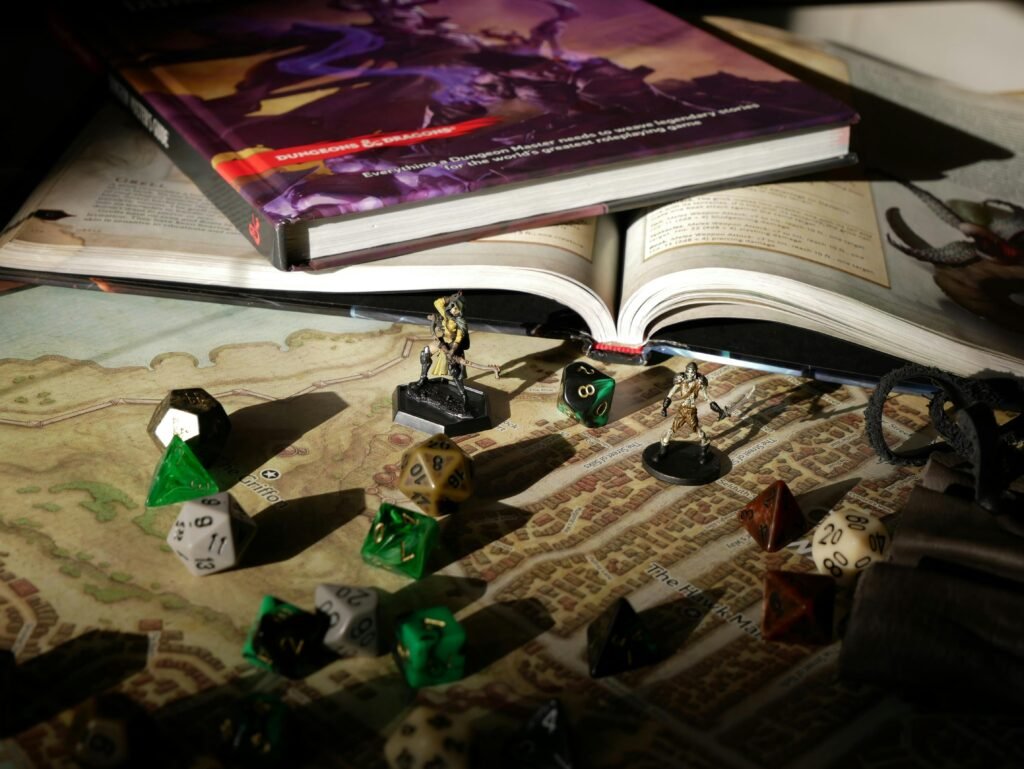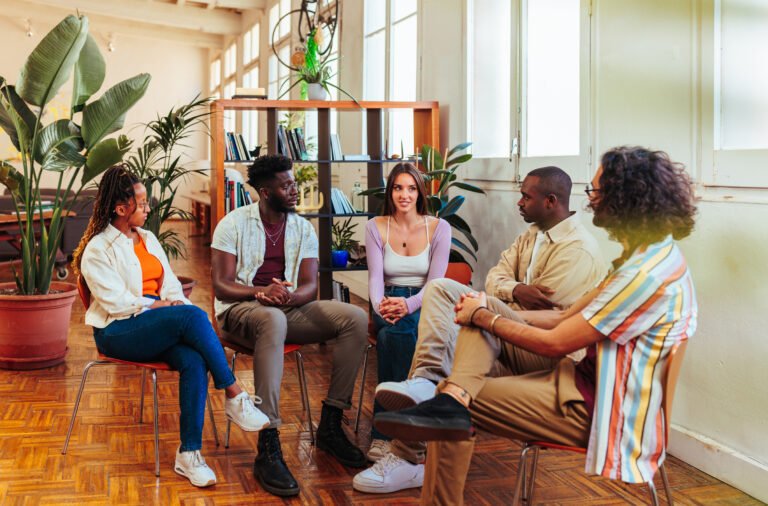
Fantasy maps are creative, hand-drawn or digital representations of imaginary worlds that combine storytelling and basic cartographic principles to engage the mind, boost creativity, and provide an accessible way for anyone to visualize and explore unique fictional landscapes.
Ever been mesmerized by the idea of secret worlds on a map? Fantasy maps do more than show places; they pull you into stories and spark your imagination. I think this part is so powerful because drawing your own map can unlock creativity and focus like nothing else. In my experience, understanding how these maps mix art and geography gives you a cool toolkit to create your own realms. Curious how to start? Let’s dive into making maps that feel real and magical.
The intriguing history and appeal of fantasy maps
Ever wondered why fantasy maps have such a strong pull? It’s more than just pretty pictures; they tap into our deep love for stories and exploration. Think about it—maps give shape to the unknown, like a treasure chest waiting to be opened. People have been crafting imaginary worlds for centuries. From ancient myths to modern novels, these maps help us visualize places that don’t exist yet but feel real.
Here’s the thing: fantasy maps aren’t just about geography. They’re a blend of storytelling, art, and culture. You see, each mountain, river, or kingdom isn’t random—it tells a story or sparks an idea. Imagine Tolkien’s Middle-earth map; it’s like a character itself, full of history and mystery.
Why do we care so much? Because crafting or looking at these maps invites us to explore creativity in a unique way. It’s like giving your brain a bubble bath—refreshing and inspiring. Plus, there’s a bit of psychology here. Maps help organize information visually, making complex ideas easier to digest. That’s why visual storytelling is so powerful in U.S. education and entertainment.
So, you may ask, where did it all start? Fans often point to medieval cartography mixed with the imagination of authors and artists. Over time, fantasy maps evolved from simple sketches into detailed artworks cherished by millions. They fuel role-playing games, books, and movies, connecting people through shared adventures. Honestly, you don’t have to be a professional artist to enjoy or create your own. It’s accessible, fun, and a creative break that’s worth trying.
By tapping into this history and appeal, you unlock a creative practice rich with meaning—and hey, who doesn’t want a little escape that sharpens your focus and imagination? Ready to explore more about drawing your own? Stick around, because the next part makes it straightforward and enjoyable!
Step-by-step guide to drawing your first fantasy map
Ready to create your own fantasy map? It’s easier than you think, and you don’t need fancy tools. Heck, a simple pencil and paper will do. Let’s break it down step-by-step, so you get to experience that creative thrill firsthand.
First, start with a rough outline. Think about shapes of continents, islands, or regions. It’s like sketching the frame of a puzzle before filling in the pieces. Don’t stress perfection; this is your world, so anything goes.
Next, add landmarks. Mountains, rivers, forests—these help bring your map to life. You might ask, “How detailed should I be?” Honestly, as much as you like! Adding a volcano or a mysterious lake creates stories just waiting to unfold.
- Sketch your landmasses: Use light pencil lines, shaping continents or islands however you imagine.
- Mark key features: Add mountains as triangles, forests as shaded areas, and rivers as thin, curving lines.
- Name places: Give your landmarks cool names that tell a story or set a mood.
- Design borders: Think about how different kingdoms or tribes connect or fight. Borders add drama.
- Add textures: Shade or color your map to show terrain differences like deserts or snowy peaks.
Keep in mind—the fun part is letting your imagination run wild. And here’s a tip: try layering your map by starting simple, then refining details in stages. It’s kind of like journaling, but with paint and paper. Plus, it helps you focus and organize your thoughts visually.
Feeling stuck? Remember, all great artists started with a blank page. The best part? You’re building a world that’s uniquely yours, one stroke at a time. So grab those pencils and dive in!
Exploring cartography and art to improve your mapmaking skills
You might wonder—how can learning a bit about cartography boost your fantasy map skills? Well, cartography is just a fancy word for the art and science of making maps. But here’s the thing: you don’t need to be a pro to get its benefits.
Understanding some basic cartography tips can really sharpen your maps. It’s like learning the secret recipe behind your favorite dish. Suddenly, your creations taste—and look—way better.
Some easy ways to start include:
- Study real maps: Look at different U.S. state maps or national parks. Notice how borders curve, rivers flow, and cities are placed. This gives you ideas about natural shapes and scale.
- Learn map symbols: Mountains, forests, and water bodies have standard symbols. Using these helps your maps feel more authentic—like you’re speaking cartography’s language.
- Try layering: Imagine stacking different map features like transparent sheets. First, draw the land shape, then add rivers, roads, and settlements step-by-step for clarity.
Honestly, it’s like giving your brain a bubble bath—refreshing and organized. Plus, there’s proof this method works. A study from a U.S. university showed that combining art with factual knowledge improves both focus and creativity.
Mixing art techniques with cartography helps you create detailed, believable worlds. Try pencils for initial sketches, fine liners for outlines, and colored pencils or watercolors to add mood. And remember, mistakes aren’t failures—they’re part of learning. So, doodle away and keep experimenting.
Wrapping up
Creating fantasy maps is more than just drawing—it’s a fun way to boost your creativity and relax your mind. You don’t need to be an artist to enjoy making your own world; simple steps and a little curiosity go a long way.
Remember, mixing a bit of mapmaking know-how with your artistic flair can make your maps feel alive. It’s like crafting a story where you hold the pen and the brush. And hey, if things don’t turn out perfect right away, no worries—that’s all part of the process.
So, next time you feel like escaping or getting creative, try doodling your own fantasy map. It’s a gentle way to give your brain a break and spark new ideas. Take it slow, have fun, and don’t forget—sometimes the best adventures start with a single line on paper.
FAQ — your questions about fantasy maps answered
What exactly is a fantasy map?
It’s a hand-drawn or digital map of an imaginary world used in stories, games, or personal creativity.
How can I start drawing my own fantasy map?
Start simple with pencil and paper, sketch land shapes, add landmarks, and name places to build your world.
Can drawing fantasy maps help improve creativity?
Yes, it encourages visual storytelling and imaginative thinking, which can boost creative skills and focus.
Is cartography knowledge necessary for making fantasy maps?
Not really. Basic map skills help, but your imagination and practice matter more than technical expertise.
Should I use special tools or software for my maps?
You can start with basic supplies like pencils and markers, but digital tools are handy as you get more confident.
How detailed should my fantasy map be?
It’s up to you! Some maps are simple, others complex—focus on what feels fun and meaningful to your story or project.

A certified Heal Your Life® Coach with 20+ years in education and emotional development. Supports gifted teens in navigating anxiety, perfectionism, and identity challenges, while equipping parents with practical tools for lasting transformation. Sessions blend emotional healing, mindset mastery, and strategic empowerment.



